Jian Guo Zhou
Lattice Boltzmann Methods for Shallow Water Flows
�
Springer-Verlag Berlin Heidelberg GmbH
�
Jian Guo Zhou
Lattice
Boltzmann Methods
for
Shallow Water Flows
with 50 Figures
Springer
�
DR. JIAN GUO ZHOU
7 Cherry Lane
SALE
M334NF
United Kingdom
Email: jgzhou77@yahoo.co.uk
ISBN 978-3-642-07393-9
DOI 10.1007/978-3-662-08276-8
Cataloging-in-Publication Data applied for
ISBN 978-3-662-08276-8 (eBook)
Bibliographic information published by Die Deutsche Bibliothek
Die Deutsche Bibliothek lists this publication in the Deutsche Nationalbibliografie;
detailed bibliographic data is available in the Internet at .
This work is subject to copyright. All rights are reserved, whether the whole or part of the material is
concerned, specifically the rights oC translation, reprinting, reuse of illustrations, recitation,
broadcasting, reproduction on microfilm or in any other way, and storage in data banks. Duplication
of this _publication or parts thereof is permitted only under the provisions of the German Copyright
Law oCSeptember 9, 1965, in its current version, and permission for use must always be obtained
from Springer-Verlag Berlin Heidelberg GmbH. Violations are liable for prosecution under the German
Copyright Law.
http://www.springer.de
© Springer-Verlag Berlin Heidelberg 2004
Originally published by Springer-Verlag Berlin Heidelberg New York in 2004
Softcover reprint of the hardcover I st edition 2004
The use of general descriptive names, registered names, trademarks, etc. in this publication does not
imply, even in the absence of a specific statement, that such names are exempt from the relevant
protective laws and regulations and therefore free for general use.
Product liability: The publishers cannot guarantee the accuracy of any information about the
application of operative techniques and medications contained in this book. In every individual case
tlie user must dieck such information by consulting the relevant literature.
Camera ready by authors
Cover design: E. Kirchner, Heidelberg
Printed on acid-free paper 32/3141fas 54 3 2 1 0
�
~-T: $111,~ (q:t OO:I:Ek~il)
JL-=f: WJ~~ (Felix Y. Zhou)
3()L: WJl!l!-fi
(Clare L. Zhou)
X:*= WJtf!E.t
(q:t OO:I:Ek$il)
�
Preface
The lattice Boltzmann method (LBM) is a modern numerical technique, very
efficient, flexible to simulate different flows within complex/varying geome
tries. It is evolved from the lattice gas automata (LGA) in order to overcome
the difficulties with the LGA. The core equation in the LBM turns out to
be a special discrete form of the continuum Boltzmann equation, leading it
to be self-explanatory in statistical physics. The method describes the micro
scopic picture of particles movement in an extremely simplified way, and on
the macroscopic level it gives a correct average description of a fluid. The av
eraged particle velocities behave in time and space just as the flow velocities
in a physical fluid, showing a direct link between discrete microscopic and
continuum macroscopic phenomena.
In contrast to the traditional computational fluid dynamics (CFD) based
on a direct solution of flow equations, the lattice Boltzmann method provides
an indirect way for solution of the flow equations. The method is characterized
by simple calculation, parallel process and easy implementation of boundary
conditions. It is these features that make the lattice Boltzmann method a
very promising computational method in different areas. In recent years, it
receives extensive attentions and becomes a very potential research area in
computational fluid dynamics. However, most published books are limited to
the lattice Boltzmann methods for the Navier-Stokes equations.
On the other hand, shallow water flows exist in many practical situations
such as tidal flows, waves, open channel flows and dam-break flows. The ba
sic feature of the flows is that the vertical effect can be neglected compared
with the horizontal one with a good approximation. This allows a considerable
simplification in the mathematical formulation by replacing the vertical mo
mentum equation with the hydrostatic pressure distribution. As a result, such
flows are usually described with the shallow water equations. A numerical so
lution of the shallow water equations turns out to be a very successful tool in
studying a wide range of flow problems occurring in ocean, environmental and
hydraulic engineering, for instance, tidal flows in estuary and coastal regions,
river, reservoir and open channel flows. In literature, there are many compu-
�
VIII
Preface
tational methods available for solutions of the shallow water equations such
as finite difference method, finite volume method, finite element method and
Godunov-type method. Usually, a special treatment is required in these nu
merical procedures for either convective term, depth computations or source
terms. All of these methods are developed on the basis of direct solutions to
the shallow water equations.
Since the lattice Boltzmann method is a modern numerical technique, it
is necessary and natural to investigate how to use the method for solving the
shallow water equations. The author studied the problem and developed a
well-defined lattice Boltzmann model for shallow water flows with or without
flow turbulence, namely LABS WE and LABSWE™. It follows out that the
lattice Boltzmann method is simple, efficient and accurate for solution of the
shallow water equations. Therefore, it is timely to write a book in order to
introduce this elegant method into research field, educational area, engineering
sector and consultancy organisations so that the method may be used to solve
real life flow problems efficiently and accurately.
This book may be used as a research reference for scientist, a practical
method for engineers and consultancy organisations, and a text book for both
undergraduate and postgraduate students.
Peterborough, June 2003
Jian Guo Zhou
�
Contents
1
2
Introduction............................................... 1
1.1 Outline of the Book. . . . . . . . . . . . . . . . . . . . . . . . . . . . . . . . . . . . . . 1
1.2 History. . . . . . . . . . . . . . . . . . . . . . . . . . . . . . . . . . . . . . . . . . . . . . . . . 1
1.2.1 Cellular Automata. . . . . . . . . . . . . . . . . . . . . . . . . . . . . . . . . 2
1.2.2 Lattice Gas Automata . . . . . . . . . . . . . . . . . . . . . . . . . . . . . 2
1.2.3 Lattice Boltzmann Method . . . . . . . . . . . . . . . . . . . . . . . . . 3
1.3 Advantages . . . . . . . . . . . . . . . . . . . . . . . . . . . . . . . . . . . . . . . . . . . . . 4
1.4 Objectives . . . . . . . . . . . . . . . . . . . . . . . . . . . . . . . . . . . . . . . . . . . . . . 4
Shallow Water Flows . . . . . . . . . . . . . . . . . . . . . . . . . . . . . . . . . . . . . . 7
2.1
Introduction . . . . . . . . . . . . . . . . . . . . . . . . . . . . . . . . . . . . . . . . . . . . 7
2.2 General Flow Equations.................................. 7
2.3 Subgrid-Scale Stress Model . . . . . . . . . . . . . . . . . . . . . . . . . . . . . . . 9
2.4 Shallow Water Equations . . . . . . . . . . . . . . . . . . . . . . . . . . . . . . . . . 10
2.5 Various Numerical Methods.. . . . . . . . . . . . . . . . . . . . . . . . . . . . . . 18
2.6 Closure . . . . . . . . . . . . . . . . . . . . . . . . . . . . . . . . . . . . . . . . . . . . . . . . 18
3 Lattice Boltzmann Method ................................ 19
3.1
Introduction . . . . . . . . . . . . . . . . . . . . . . . . . . . . . . . . . . . . . . . . . . . . 19
3.2 Lattice Boltzmann Equation .............................. 19
3.3 Lattice Pattern. . . . . . . . . . . . . . . . . . . . . . . . . . . . . . . . . . . . . . . . . . 21
3.4 Local Equilibrium Distribution Function . . . . . . . . . . . . . . . . . . . 23
3.5 Macroscopic Properties. . . . . . . . . . . . . . . . . . . . . . . . . . . . . . . . . . . 26
3.6 Recovery of the Shallow Water Equations. . . . . . . . . . . . . . . . . . . 27
3. 7 Stability Conditions . . . . . . . . . . . . . . . . . . . . . . . . . . . . . . . . . . . . . 29
3.8 Relation to Continuum Boltzmann Equation . . . . . . . . . . . . . . . . 30
3.9 Discussions . . . . . . . . . . . . . . . . . . . . . . . . . . . . . . . . . . . . . . . . . . . . . 32
3.9.1 Two Variants of the LBE. . . . . . . . . . . . . . . . . . . . . . . . . . . 32
3.9.2 Solution Strategies . . . . . . . . . . . . . . . . . . . . . . . . . . . . . . . . 32
3.9.3 Choice of the LBE. . . . . . . . . . . . . . . . . . . . . . . . . . . . . . . . . 33
3.10 Closure . . . . . . . . . . . . . . . . . . . . . . . . . . . . . . . . . . . . . . . . . . . . . . . . 33
�
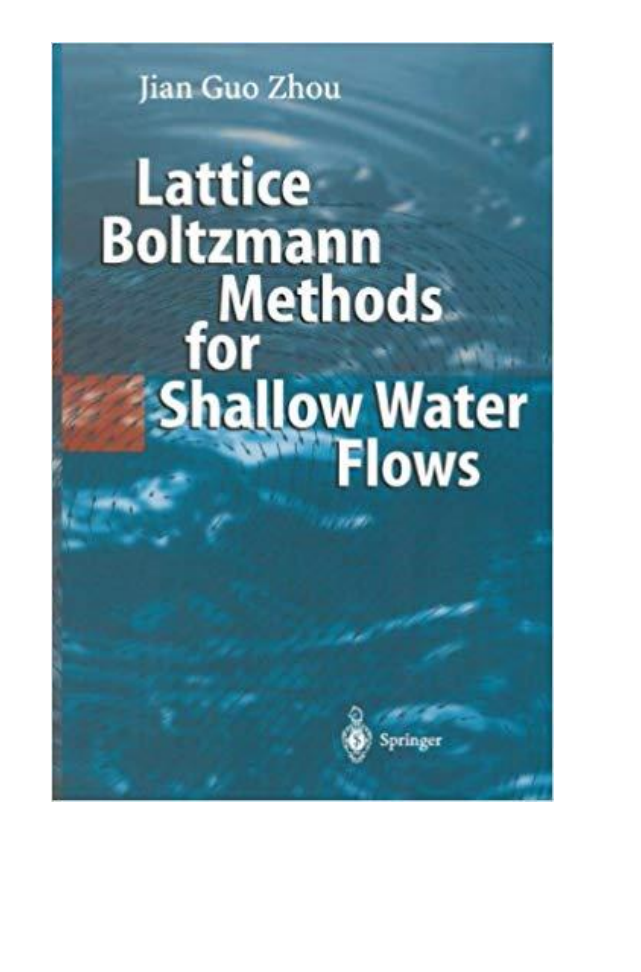

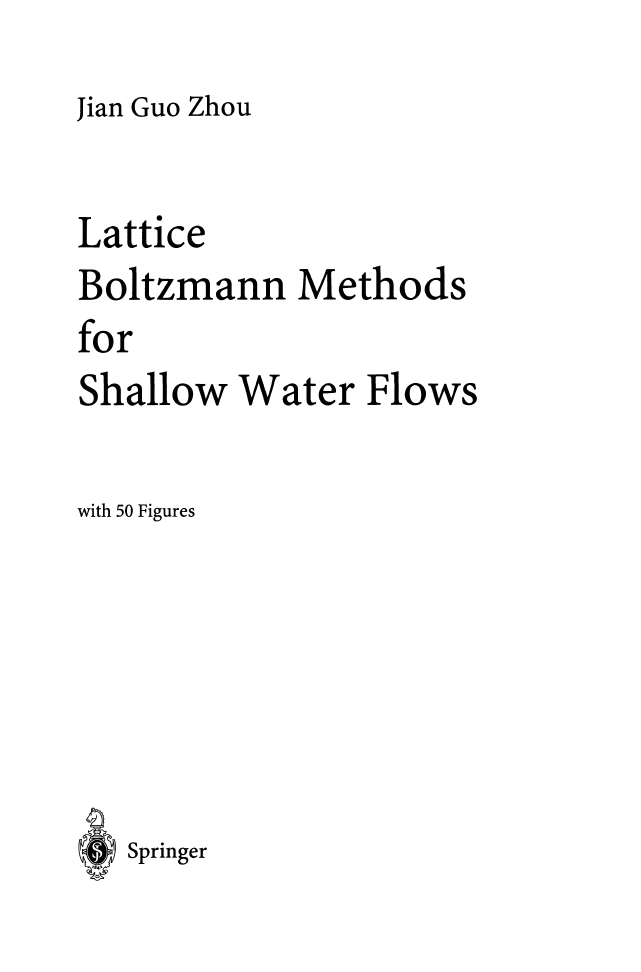
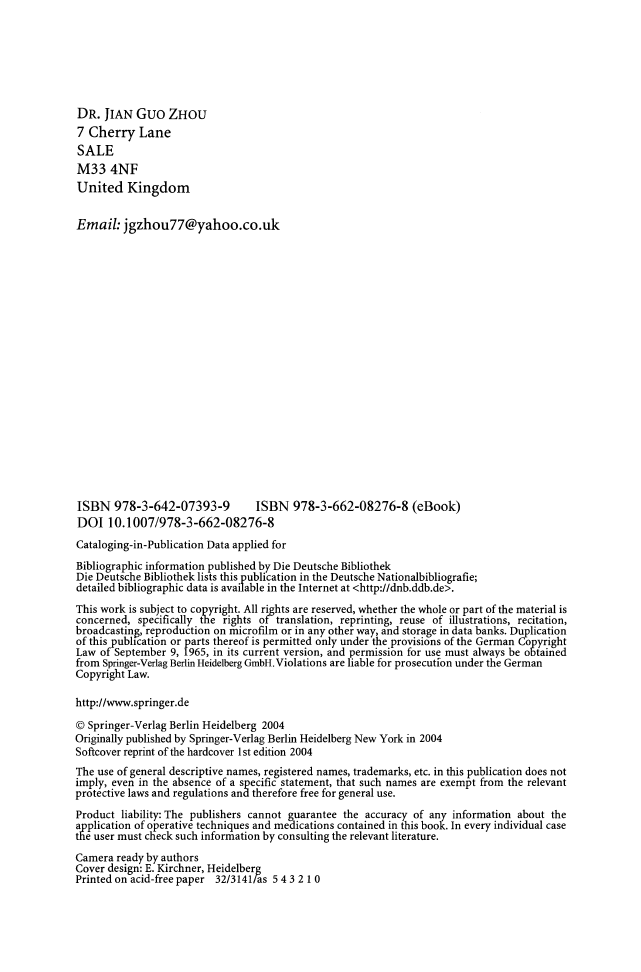
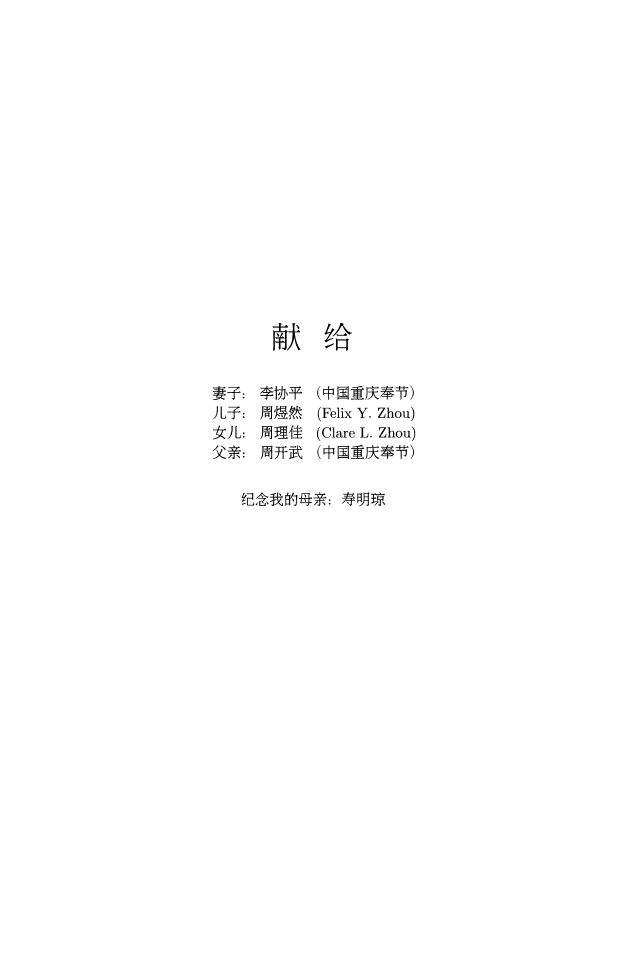


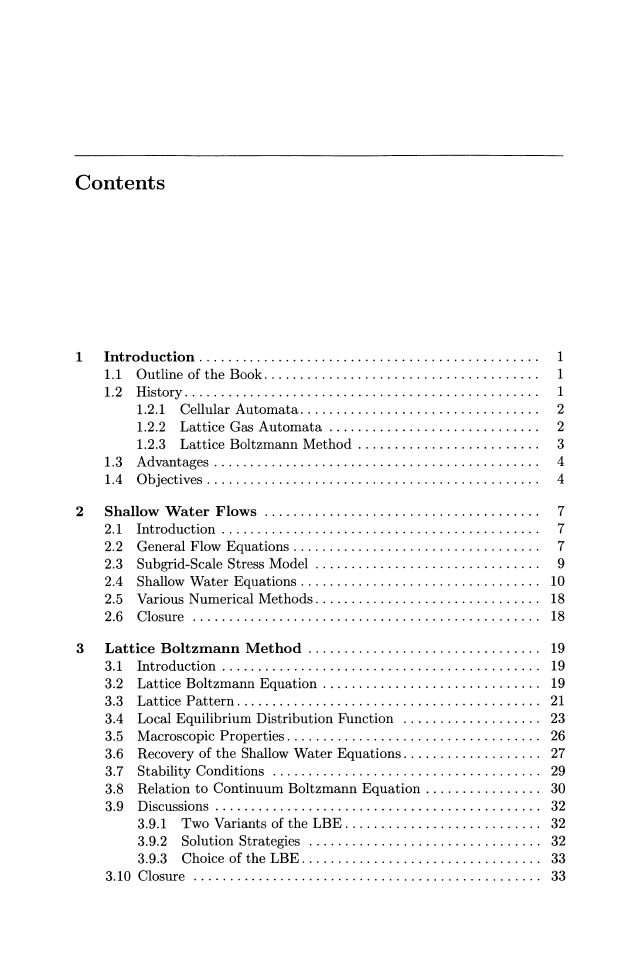








 2023年江西萍乡中考道德与法治真题及答案.doc
2023年江西萍乡中考道德与法治真题及答案.doc 2012年重庆南川中考生物真题及答案.doc
2012年重庆南川中考生物真题及答案.doc 2013年江西师范大学地理学综合及文艺理论基础考研真题.doc
2013年江西师范大学地理学综合及文艺理论基础考研真题.doc 2020年四川甘孜小升初语文真题及答案I卷.doc
2020年四川甘孜小升初语文真题及答案I卷.doc 2020年注册岩土工程师专业基础考试真题及答案.doc
2020年注册岩土工程师专业基础考试真题及答案.doc 2023-2024学年福建省厦门市九年级上学期数学月考试题及答案.doc
2023-2024学年福建省厦门市九年级上学期数学月考试题及答案.doc 2021-2022学年辽宁省沈阳市大东区九年级上学期语文期末试题及答案.doc
2021-2022学年辽宁省沈阳市大东区九年级上学期语文期末试题及答案.doc 2022-2023学年北京东城区初三第一学期物理期末试卷及答案.doc
2022-2023学年北京东城区初三第一学期物理期末试卷及答案.doc 2018上半年江西教师资格初中地理学科知识与教学能力真题及答案.doc
2018上半年江西教师资格初中地理学科知识与教学能力真题及答案.doc 2012年河北国家公务员申论考试真题及答案-省级.doc
2012年河北国家公务员申论考试真题及答案-省级.doc 2020-2021学年江苏省扬州市江都区邵樊片九年级上学期数学第一次质量检测试题及答案.doc
2020-2021学年江苏省扬州市江都区邵樊片九年级上学期数学第一次质量检测试题及答案.doc 2022下半年黑龙江教师资格证中学综合素质真题及答案.doc
2022下半年黑龙江教师资格证中学综合素质真题及答案.doc